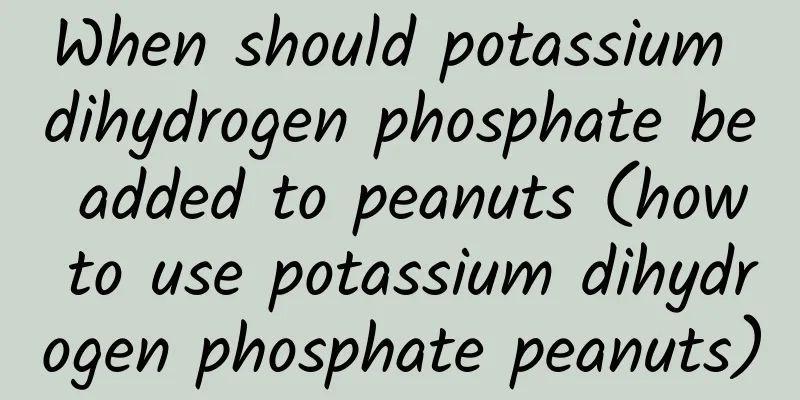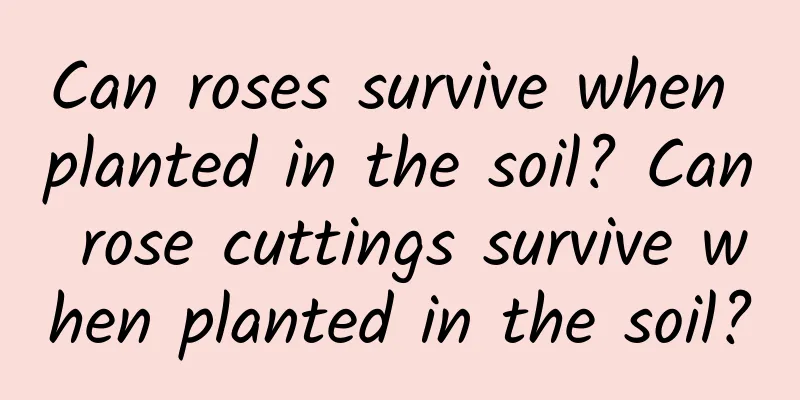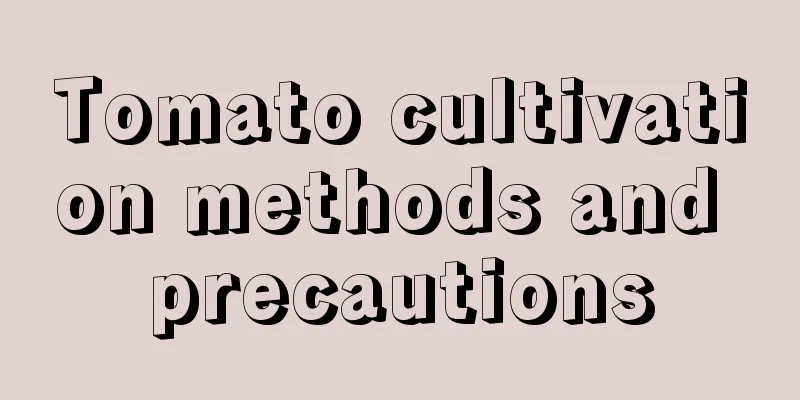When should potassium dihydrogen phosphate be added to peanuts (how to use potassium dihydrogen phosphate peanuts)

|
The spring peanuts here have entered the final stage of flowering, and a large number of fruit needles have already penetrated into the soil. The next step is to spray growth-regulating agents, and also to prevent and control diseases, insect pests and weeds. Peanuts are underground fruiting crops that require a lot of potassium, as well as large amounts of nitrogen and calcium . When fertilizing peanuts, base fertilizer should be the main fertilizer, such as organic fertilizer, calcium magnesium phosphate fertilizer, etc., but here we mainly use seed fertilizer, and apply a large amount of triple compound fertilizer when forming ridges. After sowing, no more topdressing of the soil is done. Just spray a few times of night fertilizer, such as potassium dihydrogen phosphate, ammonium molybdate, boric acid solution, etc. As for when to use potassium dihydrogen phosphate, it depends on the function of potassium dihydrogen phosphate. The first effect of potassium dihydrogen phosphatePotassium dihydrogen phosphate is a commonly used phosphorus and potassium foliar fertilizer. Its main function is to promote the flowering and fruiting of crops. Therefore, the best time to use potassium dihydrogen phosphate is before and after the flowering period of crops. Therefore, the time to spray potassium dihydrogen phosphate on peanuts should be during the flowering period. The second effect of potassium dihydrogen phosphate on peanutsIn addition to promoting crop flowering and fruiting, potassium dihydrogen phosphate also promotes crop photosynthesis and quickly replenishes phosphorus and potassium nutrients to make up for nutrient deficiencies caused by insufficient phosphorus or potassium. Therefore, potassium dihydrogen phosphate can be sprayed on crops when symptoms of phosphorus or potassium deficiency occur, whether in the seedling stage or the adult plant stage . Since peanuts are given a lot of seed fertilizer, they generally do not suffer from phosphorus or potassium deficiency during the seedling stage. Therefore, it is rarely used during the seedling stage unless there is a deficiency. The third effect of using potassium dihydrogen phosphatePotassium dihydrogen phosphate can promote the growth of crop stems, stalks, and grains, making crop seedlings strong, stalks thick, roots thick, leaves luxuriant, grains full, early maturity and increased yield. Moreover, it can increase thousand-grain weight, improve fruiting rate, and enhance the ability of crops to resist lodging, cold, drought, diseases and pests. From this point of view, peanut seeds can be soaked in potassium dihydrogen phosphate to promote early germination, early emergence, early rooting, and the formation of strong seedlings. But in reality, few people soak peanut seeds. At most, they mix the seeds with pesticides and fungicides. But it is not ruled out that some people use potassium dihydrogen phosphate to soak peanut seeds. Although potassium dihydrogen phosphate can make peanut seedlings strong and vigorous, with thick roots and lush leaves, its source is nothing more than the effects of phosphorus and potassium. On the premise that we have applied a large amount of nitrogen, phosphorus and potassium fertilizers, there is no need to spray potassium dihydrogen phosphate, otherwise it can be sprayed. From the above analysis, the use of potassium dihydrogen phosphate on peanuts should be determined according to your own preferences, such as seed soaking, and the growth and development of peanuts, such as whether there is nutrient deficiency in the seedling stage. It can be used from the seed stage, seedling stage, flowering stage, middle and late growth stage, etc., almost the entire growth period. However, the more common use of potassium dihydrogen phosphate is before and after the flowering period of the crop, and in the middle and late stages of peanut growth. The concentration is generally 0.2%, 2-3 times, with an interval of 7-10 days between each application . Using potassium dihydrogen phosphate during the flowering period of peanuts can promote flowering and fruiting, form a large number of flower needles, and lay a good foundation for increasing production. The use of potassium dihydrogen phosphate in the middle and late stages of growth can, on the one hand, prevent premature aging due to insufficient fertilizer absorption by the aging root system of peanuts. On the other hand, it can promote the plumpness of peanut grains and increase yields. Thirdly, it can improve the drought resistance and disease and pest resistance of peanut plants and prevent lodging. |
<<: How many bolls does a cotton plant produce (how to grow more bolls per cotton plant)
Recommend
What should I do if the leaves of Catharanthus roseus wilt?
One of the reasons for wilting is potted transpla...
How to manage water lilies during the winter?
Bowl lotus is a small lotus, also known as white ...
How long is the growing cycle of vanilla?
Introduction to Herb Growing Vanilla is native to...
How to Plant Mango Seeds
1. How to plant Choose a ripe mango, take out its...
Rhododendron diseases and prevention methods
1. Physiological diseases Diseases caused by poor...
Milan cutting method
Milan cuttings: choosing a medium Before cutting,...
The wild grass under your feet is not only delicious, but also can help you live longer!
Garlic Purslane Efficacy: Lubricates the intestin...
What are the varieties of gardenia
Gardenia jasminoides Also known as large-flowered...
Does the golden diamond bloom?
Is it blooming? Gold diamonds are deeply loved by...
How many kinds of crabapple are there? Which variety is the best?
1. There are several 1. Begonia: Its flowers are ...
Can Pu'er tea dregs be used as fertilizer?
Pu'er tea residue as fertilizer Generally, Pu...
What is the flower language of lily of the valley
The Flower Language of Agapanthus Agapanthus is a...
Does rain affect corn pollination? (Does continuous rainfall during the pollination period affect yield?)
The flowering and pollination period of corn gene...
What is the flower of the gentleman among flowers?
1. Gentleman among flowers If we talk about the f...
Taboos of planting Podocarpus at home
1. No porch, no planting When planting Podocarpus...









